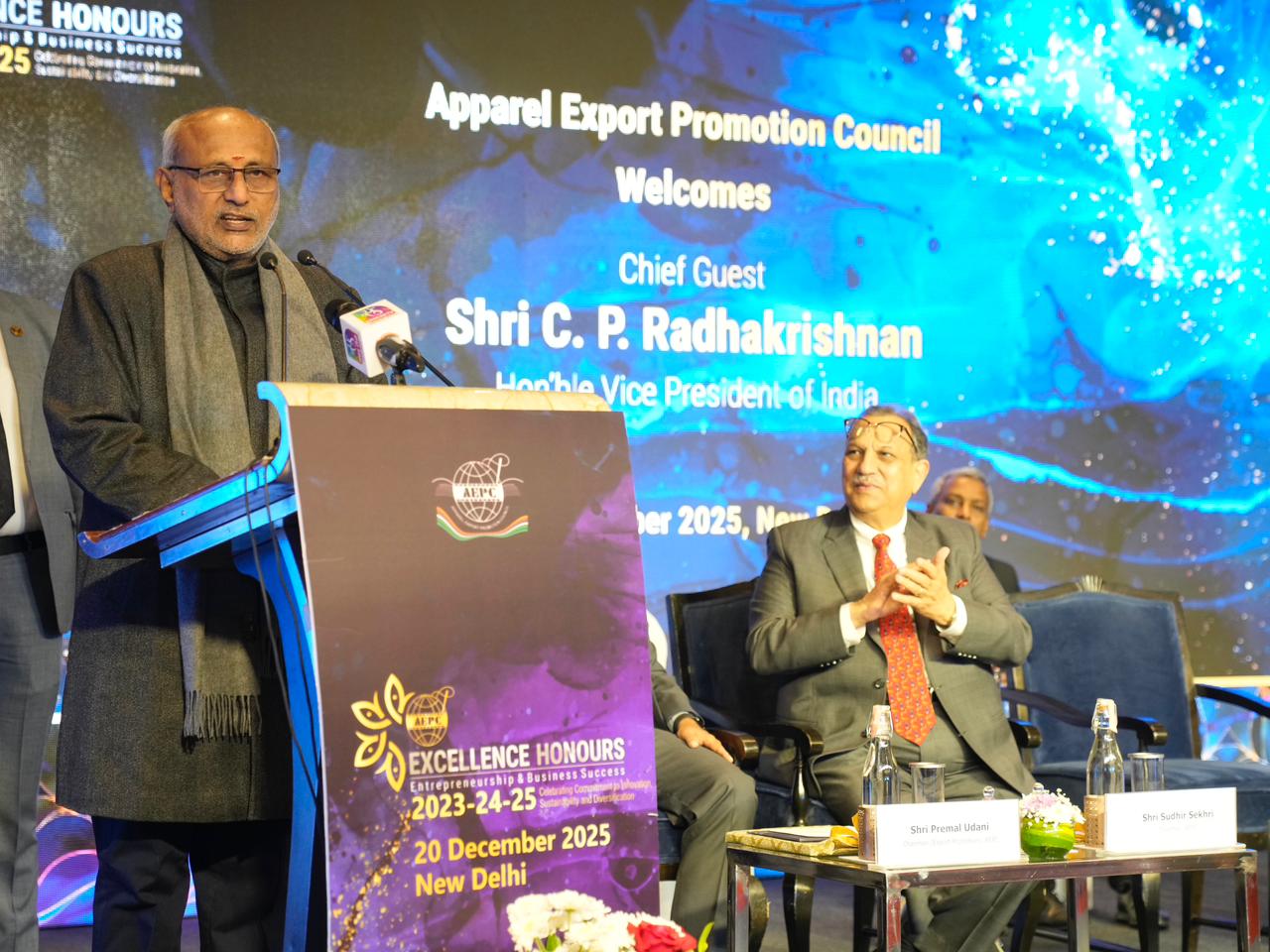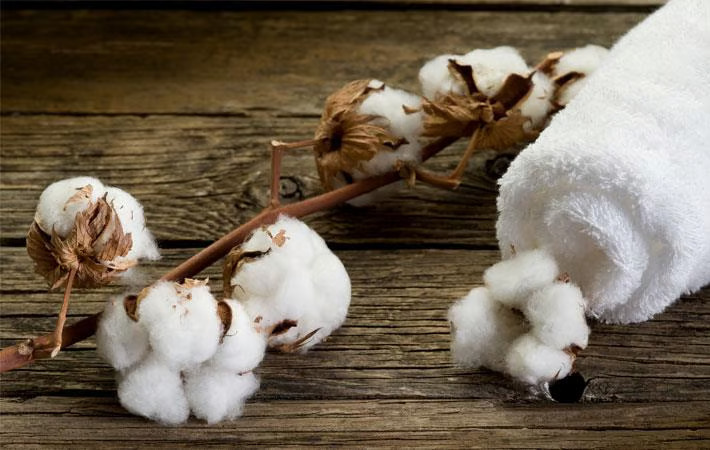FW
Model Zara Peerzada is the official spokesperson for Mango in Pakistan. Recently, she was asked to do the brand’s first ever cover and fashion shoot in Pakistan.
Mango has been her go-to store for long and it’s become a real collaboration. International brands are now choosing to work with Pakistani talent. Mahira Khan is with L’Oreal, Ayesha Omar with Maybelline and now it’s Zara Peerzada for Mango.
Mango launched in Pakistan in 2013 and has done well for the market since then. The brand serves customers in almost 2,500 cities globally and 108 countries, Pakistan being one of them.
Mango is a Spanish clothing design and manufacturing brand for women. The Mango concept arises from the interrelation between a quality product with a distinctive design and a coherent and unified brand image. The brand dresses the young, modern and urban woman for her daily needs. The target group is urban women aged between 18 and 40.
The brand also has a line targeting Muslim customers. The collection will include casual clothes such as jackets, kaftans, leggings, tunics and oversized shirts, in addition to festive outfits including long dresses, midi skirts in fantasy fabrics and double-layer body wraps.
The 91st Textile Institute World Conference (TIWF) will be held from July 23-26, 2018 at the University of Leeds, UK.
The conference will focus on the theme of integrating design with sustainable technology.
The event will be sponsored by James Heal, XIROS, Taylor & Francis Group, etc, while Bangladesh Textile Today will be the media partner.
The conference will be encompass Advanced Fibers and Materials Manufacture, Biomaterials, Business, CAD/CAE Technology, Circularity and New Business Models, Clothing, Coloration and Finishing, Comfort Science, Composites, Costume, Craft, Design, Economy & Supply Chain Management, Fashion, Fiber and Fabric Functionalisation, Floor covering, Footwear, Industry, Household/Interiors, Innovative Fabric Structures/Products, Leather, Modeling & Simulation, Nanotechnology, Printing, Retailing & Branding, Smart Textiles, Sustainability, Technical Textiles, Testing and Materials Analysis, Textile Machinery, Textile Manufacturing – Knitting, Nonwovens and Weaving, Textile Recycling, Textile Cultural Heritage Science, Textile Education, Yarn Structures and Spinning.
To ensure that Indian exports are globally competitive, a research by Amitendu Palit, Institute of South Asian Studies, National University of Singapore, looks at approaches that would align with the ongoing coastal economic development strategy, Sagarmala, and with the State’s strategy, which seeks to fully utilise the potential of having India’s longest coastline.
One of these approaches would be to upgrade one of Andhra Pradesh’s ports with state-of-the-art facilities that significantly enhance its maritime trade capacity — and, at the same time, ‘backward’ linking of the port with the hinterland, to enable fast movement of cargo and a reduction in logistics costs.This would increase the port capacity by 20 million tonne a year, substantially increasing revenue over the coming decades, worth Rs 1,695 crore.
The main costs in the project include new and upgraded facilities: like a container freight station, expanded berths and more dredging, along with land acquisition and expanding highways around the port. The fixed costs including substantial operating costs over the 20-year period come to Rs 1,985 crore.
According to a McKinsey survey report conducted with Women’s Wear Daily, top fashion companies today are using data analytics and consumer insights to develop concepts and plan lines.
These companies can deliver a product to market in less than six to eight weeks. They have adopted a more sophisticated model based on understanding what the consumer wants. This model allows them to incorporate what has been selling and respond quickly to what is generating early sales.
As companies often complain that they are stuffed with data but starved for insights, they can analyse consumer research where they can explore what topics are trending on major search engines and track the search rankings on peers’ websites.
Retailers can use advanced visual recognition tools to identify styles and colors trending on social-media sites. Aggregate product ratings by attribute, price, and style—either from the merchant’s own site or from retailers’ sites—can provide insight into what is trending with a specific type of consumer.
New testing from Oeko-Tex helps companies throughout the global supply chain easily test their organic cotton products for GMOs (genetically modified organisms), a molecular-level indicator of whether or not cotton products actually meet a fundamental definition of organic.
Consumers expect the organic products they buy to be genuine and verifiable as such. Manufacturers have to be confident that organic cotton products are not contaminated with non-organic cotton.
Today, about 70 per cent of cotton globally is genetically altered. For example, some forms of cotton have been engineered to be herbicide-resistant. Others have been infused with an insecticide to kill pests like boll weevils.
New GMO testing gives manufacturers and marketers the confidence that their organic cotton products meet regulatory and consumer expectations with regards to GMOs as well as the independent, traceable documentation to prove it.
To qualify as organic and to be marketed as such, cotton must meet a comprehensive list of criteria governing the cultivation, processing, and segregation.
Everyone is talking about robots, and the fashion industry is no exception. Policy makers and companies who own data and robots must consider the impacts that automation is both having and will have on workers around the world.
It's generally accepted that automation and digitalization will increase supply chain productivity and greatly improve the fashion industry’s sustainability performance. From manufacturing to design, to business analysis, jobs in the fashion industry will change as some tasks are automated through the use of robotics and artificial intelligence.
If the future is to be bright for workers, as well as the planet, technological innovation’s impact on people within the supply chain must be monitored closely. If it isn’t, the heaviest blow will be dealt to workers in garment factories around the world.
Today, the disparity between the industry’s highest earners and lowest earners is massive. The CEO of a top-five fashion brand can earn a Bangladeshi garment worker’s lifetime pay in four days.
In our world, anything not fully circular poisons our small plant. Technology offers solutions, but leadership sets the speed of progress and adoption.
In fact, circularity is going to be the application that will constrain the fashion industry to an appropriate scale. Now, six out of ten garments we produce end up in a landfill or are incinerated within the first year of production.
X-Rite and Pantone have collaborated on color management innovations. These can help designers, master batchers, compounders, coatings companies and manufacturers to specify, communicate, formulate and control color quality across the entire manufacturing workflow to help speed production and reduce waste.
The Ci7500 features SPIN/SPEX measurement to accurately determine gloss levels and is UV calibrated for advanced optical brighteners. This new instrument brings the level of reliability, traceability and accuracy that customers expect in a more affordable model.
MetaVue VS3200 is the first non-contact imaging spectrophotometer that brings versatility and accuracy to the color measurement of wet and dry paints, liquids, powders, gels and plastic samples for improved color formulation and quality control. MetaVue VS3200 is ideal for color formulation, production color checks and quality control operations.
The MA-T family of multi-angle imaging spectrophotometers are the industry’s first instruments to combine color imaging and multi-angle spectral measurement to quantify color, sparkle and coarseness. They allow manufacturers to more precisely define and control effect finishes in order to achieve a new level of consistency and harmony across adjacent parts.
X-Rite is a global leader in the science and technology of color and appearance. More than ten million designers and producers around the world rely on Pantone products and services to help define, communicate and control color.
Pakistan has emphasised on value addition in the textile sector to increase exports, boost the domestic economy, accelerate industrialisation and create job opportunities.
The textile sector in Pakistan contributes more than 50 per cent to the country’s exports and generates around 38 per cent of employment. During this fiscal year Pakistan’s exports have again picked up momentum as compared to the previous fiscal year and the textile sector’s performance is also improving.
The country is working on upgrading its supply chain and improving productivity. There is room for further expansion of the textile sector with improvement in the law and order and energy situations. As compared to 2013, Pakistan is a changed country now with a conducive environment for both local and foreign investors.
The six major sub-sectors of the textile sector, including spinning, weaving, processing, printing, garment manufacturing, and yarn manufacturing, are expected to benefit by adopting value addition and modern techniques.
The Textile Institute of Pakistan is producing professionals of the highest quality in textile science, design technology, management and marketing, apparel manufacturing and merchandizing, fashion design management and industrial manufacturing and management.
Graduates from the institute are engaged in the textile industry in Bangladesh, Sri Lanka and Vietnam.
IndustrtiALL Global Union‘s textile and garment members from MENA region’s main producer countries Egypt, Jordan, Tunisia and Morocco reported tangible progress in organising and collective bargaining at a meeting at Tunisian capital, Tunis, on 3-4 May 2018.
The affiliates developed further plans for important actions in the textile and garment supply chain.
In Jordan, a new sector-wide agreement that includes improvement in wages and working conditions was signed.
The agreement covers both Jordanian nationals and migrant workers. In close cooperation with IndustriALL, with an objective to strengthening the voice of migrant workers in the sector, the Jordanian affiliate General Trade Union of Workers in Textile Garment & Clothing Industries (JTGCU) is currently building a Migrant Workers’ Union Advisory Committee.
Through negotiations with Employers’ Association and threatening to strike, IndustriALL’s Tunisian affiliate, Fédération Générale du Textile, de l'Habillement, Chaussure et Cuir (FGTHCC-UGTT) achieved a 6 per cent wage increase in 2016 and 2017.
FGTHCC-UGTT is now preparing for the annual negotiations on the wages in the sector aiming at an 8 per cent increase.
Autefa Solutions has launched a few new solutions for thermo- and acoustical- insulation nonwovens fabrics. The first of these includes the random card Airlay K 12 which offers an improved MD:CD ratio and a three-dimensional web structure. It also offers the special advantages in terms of lighter weights and high loft fabrics.
Autefa Solutions has delivered a complete needlepunch line with nonwovens carding system Masterfelt, crosslapper Topliner and two over 13 m wide needle looms Stylus Variliptic and Stylus NL. The company has developed and patented the V-Jet injector which leads to higher tensile strength at same entangling water pressure than a standard injector. The new Square Drum Dryer SQ-V combines the advantages of a horizontal dryer with the lower space requirement of a conventional drum dryer. The nozzle system uniformly distributes the airflow in terms of speed and temperature throughout the whole working width, providing best spunlace web and surface quality results.
BaseAUTEFA Solutions also delivers high innovative Stylus needle looms with the Variliptic drive concept (elliptical needling) and with the NL drive for vertical needling.












